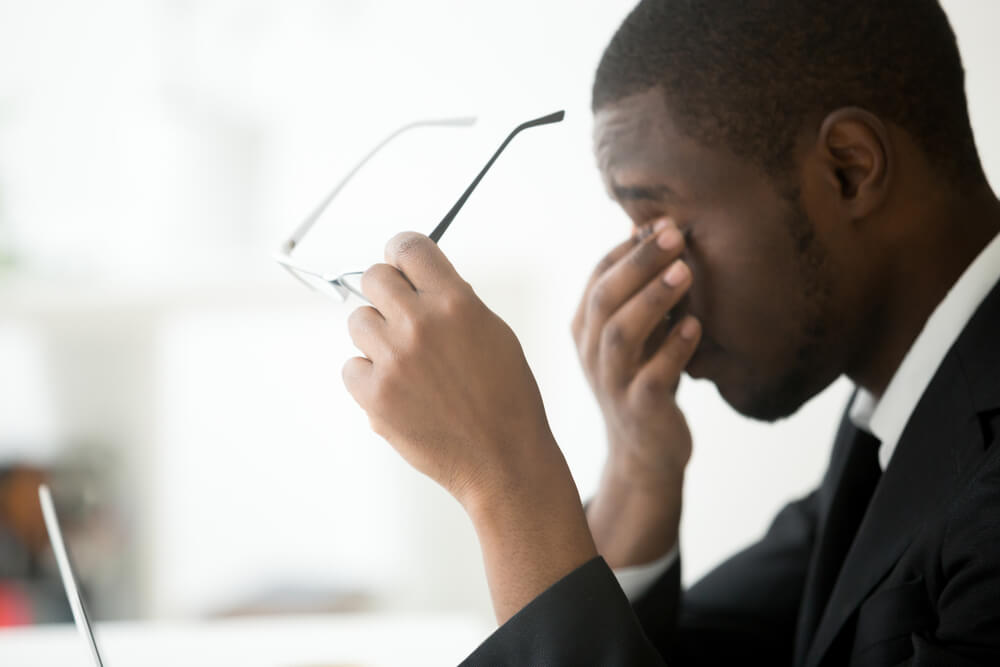

Dry eye syndrome is a chronic lack of sufficient lubrication and moisture in the eye. Its consequences range from subtle but constant irritation to ocular inflammation of the anterior (front) tissues of the eye.
Persistent dryness, scratching and burning in your eyes are signs of dry eye syndrome. These symptoms alone may be enough for your eye doctor to diagnose dry eye syndrome. He or she may also want to measure the amount of tears in your eyes before diagnosing. A thin strip of filter paper placed at the edge of the eye, called a Schirmer test, is one way to measure. Some people also experience a “foreign body sensation,” the feeling that something is in the eye. Though it may seem odd, watery eyes can result from dry eye syndrome, because the excessive dryness works to overstimulate production of the watery component of your eye’s tears.
Dry eye syndrome is an ongoing condition that may not be cured (depending on the cause), but the accompanying dryness, scratchiness and burning can be managed. Your eye care practitioner may prescribe artificial tears, which are lubricating eyedrops that may alleviate the dry, scratching feeling.
Sometimes people use the eye drops that “get the red out” to treat their dry eyes. However, these eye drops won’t work unless they also contain artificial tears. The original “get-the-red-out” formulation doesn’t. These drops can reduce or eliminate the redness temporarily by contracting the eye’s blood vessels, but they don’t treat the cause of the redness, whether it be dryness, environmental irritation or another problem. Not only that, but the vasoconstrictors in that formula are addictive, in the sense that over time, more and more is needed to achieve the same effect. With frequent use, the effect diminishes after a while, anyway — the blood vessels simply won’t constrict as much as they did when you first used the drops.
If you wear contact lenses, be aware that many eye drops, especially artificial tears, cannot be used while your contacts are in your eyes. You’ll need to remove them before using drops and wait 15 minutes or even longer (check the label) before reinserting the lenses. If your eye dryness is mild, then contact lens re-wetting drops may be sufficient enough to make your eyes feel better, but the effect is usually only temporary. Check the label, but better yet, check with your optometrist or ophthalmologist before buying any over-the-counter eye drops. It will probably save you a lot of money, because he or she will know which formulas are effective and long-lasting and which ones are not, as well as which eye drops will work with your contact lenses.
If the problem is environmental, you should always wear sunglasses when outdoors to reduce exposure to sun, wind and dust. You may want to try sunglasses that have a foam or other seal at the sides to prevent wind and dust from getting to your eyes at the top, bottom and sides. For indoors, an air cleaner can filter out dust and other particles from the air while a humidifier adds moisture to air that’s too dry because of air conditioning or heating. Temporary or permanent silicone plugs in the lacrimal (tear) ducts keep tears in your eye from draining away as quickly. Called lacrimal plugs or punctal plugs, they can be inserted painlessly while you’re in the eye doctor’s office and are normally not felt once inserted.